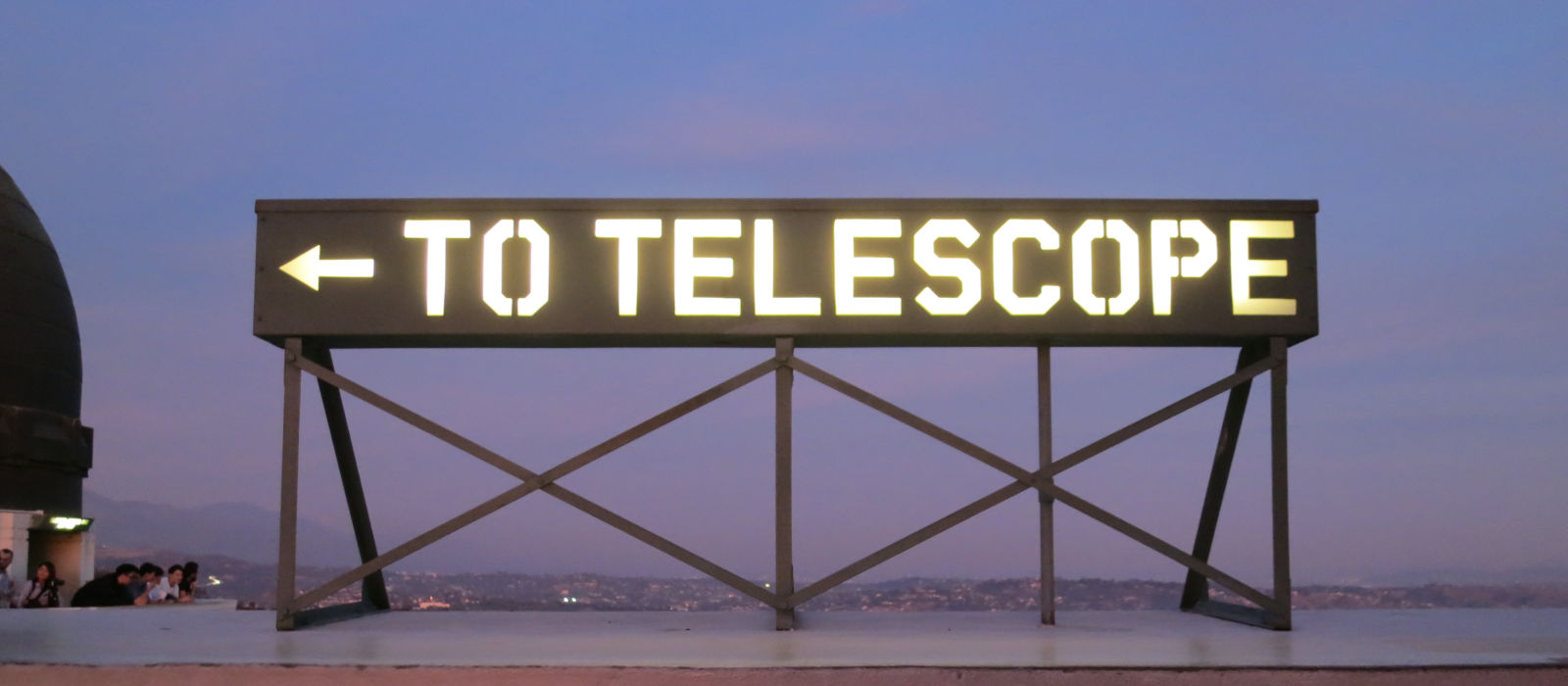It's too hot to think and all the smart things I was going to say leaked out of my brain at about 5 p.m. After staring at the internet for an hour instead of writing, I stepped onto my deck to try to cool off and saw a kind of yellowish-orange blob in the Eastish. I'm due for a new pair of glasses and nighttime really brings out my astigmatism for some reason, but my color vision is rather good just the same. Maybe it's Mars, I thought, and brought out my sky app to identify it. The sky app, as usual popped up some weird ads and notifications but they were too small to read, because, as I said, I'm definitely due for a new pair of glasses.
Saturn, not Mars, says the app. So I had the bright idea to look at it with my bird-o-scope (or spotting scope for bird watching, if you want to be boring about it). Maybe I could resolve some detail, get that sense of a sickle shape, which, perhaps, exceptionally bright-eyed ancients dimly perceived and thus attributed the sickle to Saturn.
It took a good while to find the right zoom, and then to find Saturn in the sky tracing lines of nearby buildings along and up. Then I had it. A slightly clearer yellowish blob of Saturn, swimming wildly about in my sights, kind of like a pinprick of light from a burning brand or a far off glow stick in a vigorous dance. If you've ever looked through a telescope or a strong pair of binoculars, you probably know what I mean. Even the very small motions of your body are enough to make objects seen at close magnification appear to swim about in your vision, and if those objects emit light, they leave light trails, too.
After trying various things--first free standing, then placing the scope on the deck rail, then bracing my elbows on the deck rail--I finally found a way to get the shaking to stop for a moment. Bracing one elbow while I covered my free eye with my hand, I held my breath and I saw it, that squashed shape, a kind of sideways angle of rings, just barely there and you had to know what you're looking for to see, just for a moment. "Oh shit!" I said probably rather loudly in my wonder and immediately lost it.
That trick of holding your breath to stabilize a magnified object in a viewfinder? I picked it up from playing Metal Gear Solid II. Video games teach you lots of practical things.
Of course I couldn't get it again because I'd been holding my arm up for too long and now the muscles were shaking. And I had to see it again, to make sure I really saw. I mean, had I seen it, or was I just hoping so much to see the rings that I made myself believe that a sideways shake was actually the outline of the rings?
After a rest, and a lot more struggle, I got it one more time, my squashed oblong friend on the plane of the ecliptic.
And still I didn't know if I should believe what I saw. Could I really see the rings with just my bird-o-scope? Sky and Telescope says "The rings of Saturn should be visible in even the smallest telescope at 25x." And, yes, my bird-o-scope says 27x on the side, so yes, I could after all, believe my eyes.
I went to see it one more time, now that I wrote all this. It's moved along the plane of the ecliptic in the last hour, so it's at a more convenient angle. I can't seem to get enough of proving to myself that it's still real, still there, and seeing it for myself. It's not enough to see it and it's not enough to know it, I must repeat the experiment and cross-check my observation, and only then can I claim my delight as real. And once it's real, it doesn't diminish with repetition.
